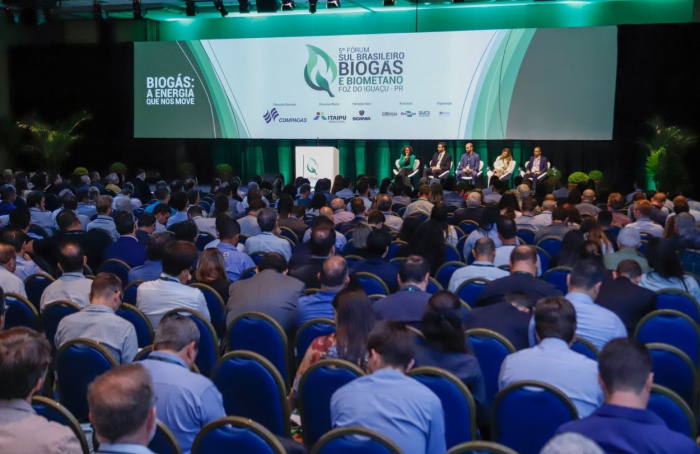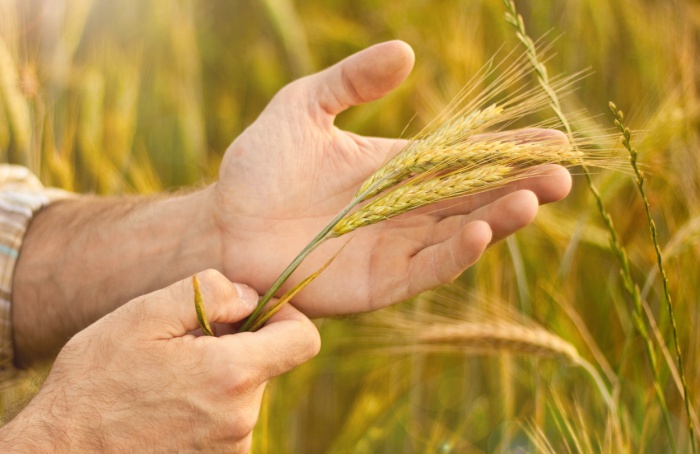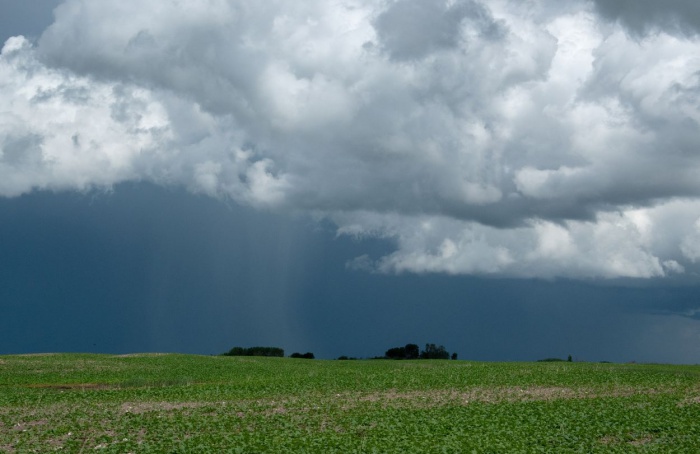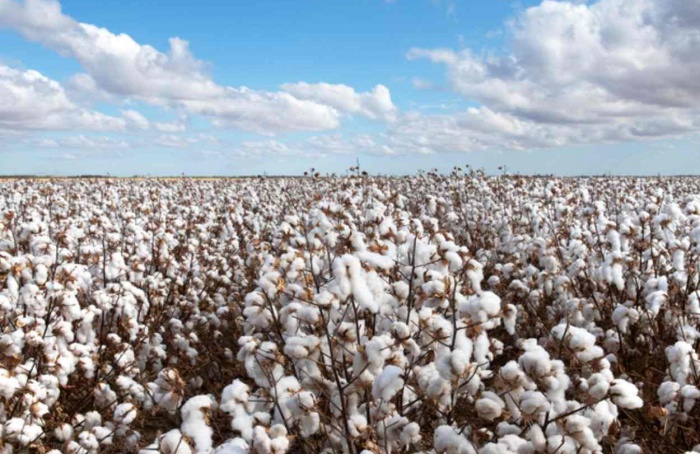The Fertilizer Purchasing Power Index (IPCF) for March 2024 reached a value of 1,02. This result represents a growth of 5% compared to the same period of the previous year and an increase of 1% compared to the previous month, still signaling a positive trend for the purchasing power of fertilizers and reinforcing the potential for continued growth in the sector agricultural. The information comes from Mosaic Fertilizers, creator of the comparison tool.
The exchange rate for the main agricultural products remains favorable, demonstrating the resilience and adaptability of the sector. According to the company, over the last cycle, there was a 0,6% decrease in the average price of agricultural commodities, while the average price of fertilizers registered a modest increase of 1,5%. These price adjustments reflect market dynamics and are incorporated into the index calculation.
During March, commodity prices underwent variations. Soybeans were the ones that showed a recovery, with an increase of approximately 2%, in response to projections of a reduction in Brazilian production, as reported by both the National Supply Company (Conab) and the United States Department of Agriculture (USDA) . Corn recorded the biggest drop, with a decrease of around 3%, driven by the increase in the area planted in the off-season, which generated more optimistic prospects for production. Additionally, solid harvest numbers in Argentina influenced this pressure on prices, although intense rains in the country subsequently limited positive expectations. A decrease of 1% in cotton and 2% in sugar cane was also observed.
As for fertilizers, there was an average price increase of 1,5% and, even so, Brazil has the lowest prices in the world, according to information from Mosaic. There was a recovery of around 6% in MOP, linked to strong market demand; a 1,5% increase in SSP, a 1% increase in MAP and a significant drop, of almost 5%, in urea alone. The exchange rate remained stable in relation to the previous month, reflecting a more positive reaction amid a lower risk global scenario, despite the continuation of geopolitical conflicts. As a result, there was a slight downward variation in the dollar, remaining practically stable.
Investors continue to pay close attention to the end of second-season planting in Brazil and the USDA's announcements about planting plans in the United States, which are already influencing the market with forecasts of a larger soybean harvest compared to the previous year, and a smaller corn harvest.











